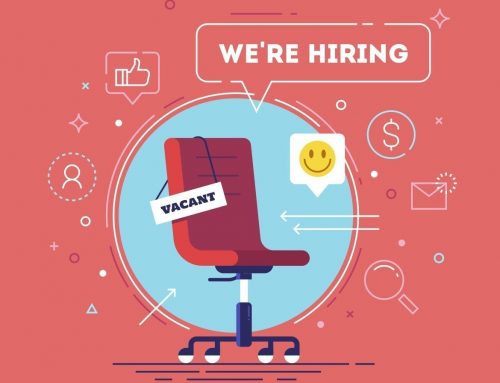Hiring in today’s full-employment market is a difficult task. Once you’ve landed your next critical hire, what you do next it can make or break your growing team. The onboarding process is often overlooked or an afterthought by most organizations. Get it right, and you’ll realize the benefits of a quicker ramp up time, happy employees, and referrals galore.
Onboarding Best Practices
Starting a new job is always rough. New commutes, new team members, setting up their tools and getting settled into work are all part of the process. It’s not unusual for this to take months and there’s a lot you can do during this time to make it enjoyable, effective and impactful on new hires. Ignore this process and you could find yourself right back where you started…recruiting.
Lack of onboarding or a process that doesn’t go smoothly can leave employees feeling overwhelmed, confused, and unsupported in their new roles. Even worse, it can mean losing employees because they never find their places in the company. Recent studies in this area show that 22% of staff turnover occurs in the first 45 days of employment. Similar studies found that new employees who go through a structured onboarding process are 58% more likely to stay with the company for more than three years. This is not something that happens on its own.
How to get organized
Companies that are leading the way in new employee onboarding are organized and have a well thought out plan in place. Start by thinking like a new hire. What would you want answered on your first day? First Week? and beyond. There are many tools out there to use and your own ATA or HR software may have these functions built in. Trello is also a great tool to use, too. Trello has a template “board” containing task cards for the new employee and for other team members to complete. The board is split into lists of tasks, each with a different focus. There’s a list for tasks that need to be done beforehand for the new hire to have a successful first day, such as getting their paperwork ready and adding their start date to the office calendar. There’s also a list full of first day and first week tasks. Most of these are for the new hire to complete, and they can work through them at their own pace. This section includes things like joining the team’s calendars and internal chat room, completing paperwork, and adding themselves to the onboarding Trello board’s “Who’s Who” section.
Learn to delegate, delegate, delegate
Getting other tenured employees involved is a huge asset to leverage. Everyone should have a role to play and get involved with each new hire. New team members will enjoy the interaction and appreciate the variety of people they work with. Ensure everyone knows their role and responsibilities ahead of time yourself and everyone involved while making your new hire feel welcomed by all.
Always be transparent
“Tribal Knowledge” is fine but can make for a frustrating experience for new hires. While defining your onboarding process, put as much as possible on the company’s intranet and keep it accessible for all to access it. Today’s workforce appreciates the transparency and you’ll prevent valuable company knowledge and process from disappearing when people leave the company.
Make commitment part of the offer
Make the commitment to set your new employees up for success as part of the offer letter. Of course, you’ll need your process defined and outlined as noted, but by putting this in the offer, your making that commitment to your new hires that you are truly vested in their success.
Establish a Mentor Program
In addition to involving others in the onboarding process, many companies have created a mentor program. They assign a tenured or senior member of the company to mentor each employee for their first 90 days or so. Some companies go so far as to compensate the mentor for their participation. Think of this as someone new employees can leverage for questions they may be uncomfortable or not ready to ask their managers just yet.
Everybody’s gotta eat!
Who doesn’t like a free meal or a complimentary Starbucks at work? Set up the first week to include a team lunch, a complimentary Starbucks, and maybe a potluck. Bring in pizza one day and even ice cream in the afternoon. Some companies create a rotating lunch-with-execs or senior leaders where each week, a different manager selects a new hire to take to lunch. All of these go a long way and makes the first few days less stressful for everyone.
Bottom line, get involved early with your new hires. Statistics show it pays off but it may just be the intangibles that create the lasting impression you’re hoping for. We realize this takes time, effort and thought to get it done right. Considering all the time and money you’ve put into hiring the right person, it’s silly not to have a well-crafted onboarding process in place for you new hires to experience from day one.
Contact us today or use the form below to get in touch.





